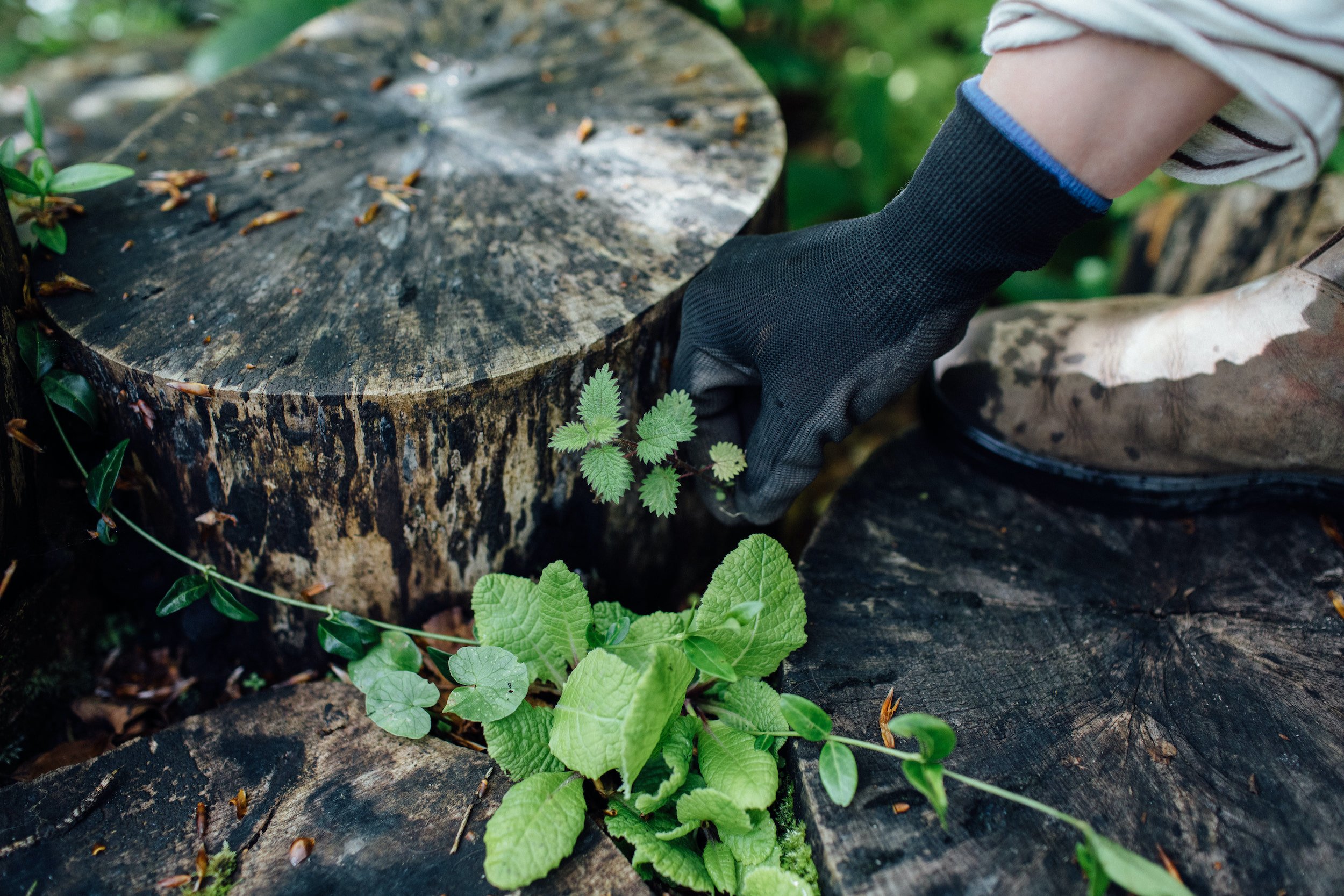Plant guide: raspberries
Raspberries are one of our very favourite fruits to grow in our garden. With their delicious sweet berries, in a range of colours from pinks to yellows, we’d recommend fitting in a plant or two, if at all possible!
There are two types of raspberries, Summer-fruiting and Autumn-fruiting. The summer fruiting raspberries, also known as floricanes, will only produce fruits in their second year. The Autumn-fruiting varieties, also known as primocanes, will fruit from the very first year. We tend to find the Autumn-fruiting varieties much easier to grow; they need less space, are less vigorous, don’t need to be grown up supports, and you can harvest from them the first year they’re planted!
Botanical name: Rubas idaeus
Plant type: Perennial fruit
Growing conditions: Raspberries grow best in a sunny position. They can cope with a little shade, though the fruits ripen best in full sun. They need well-drained soil, and dislike waterlogged roots. If your soil is especially moisture retentive, it can be best to grow them in raised beds (or even pots).
Slightly acidic soil is best.
A handful of freshly picked raspberries
How to plant:
Plant raspberries in the dormant season, any time between November and March. As with many fruiting plants, raspberries need fertile soil to produce the best crop, so on any less fertile soil it’s a good idea to dig through plenty of organic matter before planting.
For summer-fruiting raspberries, position the supports in the ground before the plants. This avoids any potential root damage. Supports are usually long rows of posts and wires, but if you don’t have space for this, anything like a sturdy bamboo wigwam will work. (If you only have a little space, or pots, then it’s usually best to opt for the lower-growing Autumn-fruiting varieties, which don’t need support at all.)
Before planting, soak the raspberry roots. Space plants about 0.5m apart. Dig a hole the depth of the roots, position the plant in place, and then back fill the hole and firm in gently. Trim out any weak or spindly side shoots. Summer raspberries can be gently tied in place after planting.
Grow with:
Raspberries are often grown on their own in dedicated beds, however, we have had good success growing ours in mixed beds in our garden too, just make sure to leave enough space around them for the summer growth…
Care:
Water well while the new plants are getting established. In subsequent years, water through any dry and hot periods in the Spring and Summer, especially between flowering and fruiting, to ensure the fruits form properly.
Weed well around plants to prevent competition for water and nutrients.
Summer fruiting raspberries will need to be tied in to the support as they grow. Check regularly and tie in new shoots to leep them growing up the frame.
Autumn-fruiting raspberries don’t need to be grown up supports as their young stems are very sturdy. They fruit on vigorous growth from the current season, so need to be cut back in early Spring to encourage fresh strong growth, from which the fruits will grow later in the year. In late Winter, around February time, prune all the canes (stems) right back to ground level. In Summer, if any suckers are spreading out beyond their allotted space, cut right back.
Summer fruiting raspberries will fruit on one year old canes. This means that they produce fruits on the growth from the previous year, so they require more careful pruning. Each year after fruiting, cut down all of the canes that have grown fruit, right back to the ground. Leave the last year’s canes in place, pruning only to maintain good air flow. These will fruit the following year.
A feed once a year in early Spring helps the plant produce hearty new growth.
Mulch each year after feeding to conserve moisture in the soil and help suppress weeds.
Harvesting:
Pick each berry individually when ripe, squeezing it off the plant and leaving the stalk and plug in place. Pick regularly once the fruits start to ripen, to prevent any fruits rotting on the plant.
Uses:
Raspberries can be eaten fresh off the plant, and there is nothing more delicious than a freshly picked raspberry, eaten right in the garden!
Of course, they are also excellent turned into jam, eaten in fruit salad, put on top of a cake, and a million other ways…
Raspberries can be frozen, though will lose their shape unless frozen very carefully, so once frozen, it’s easiest to use them for smoothies or cooking into purees.
Favourite varieties:
‘Autumn Bliss’ is one of our favourite Autumn fruiting varieties. It’s a delicious raspberry, with a deep red fruit, that’s low growing and easy maintenance.
For a raspberry with a difference, ‘All Gold’ is an unusual yellow raspberry, again Autumn-cropping and super tasty.
‘Ruby Beauty’ is an excellent summer fruiting raspberry. It’s less vigorous than many of the summer raspberries, so takes less space and less care to maintain.
Harvesting raspberries in our garden with our little one…







